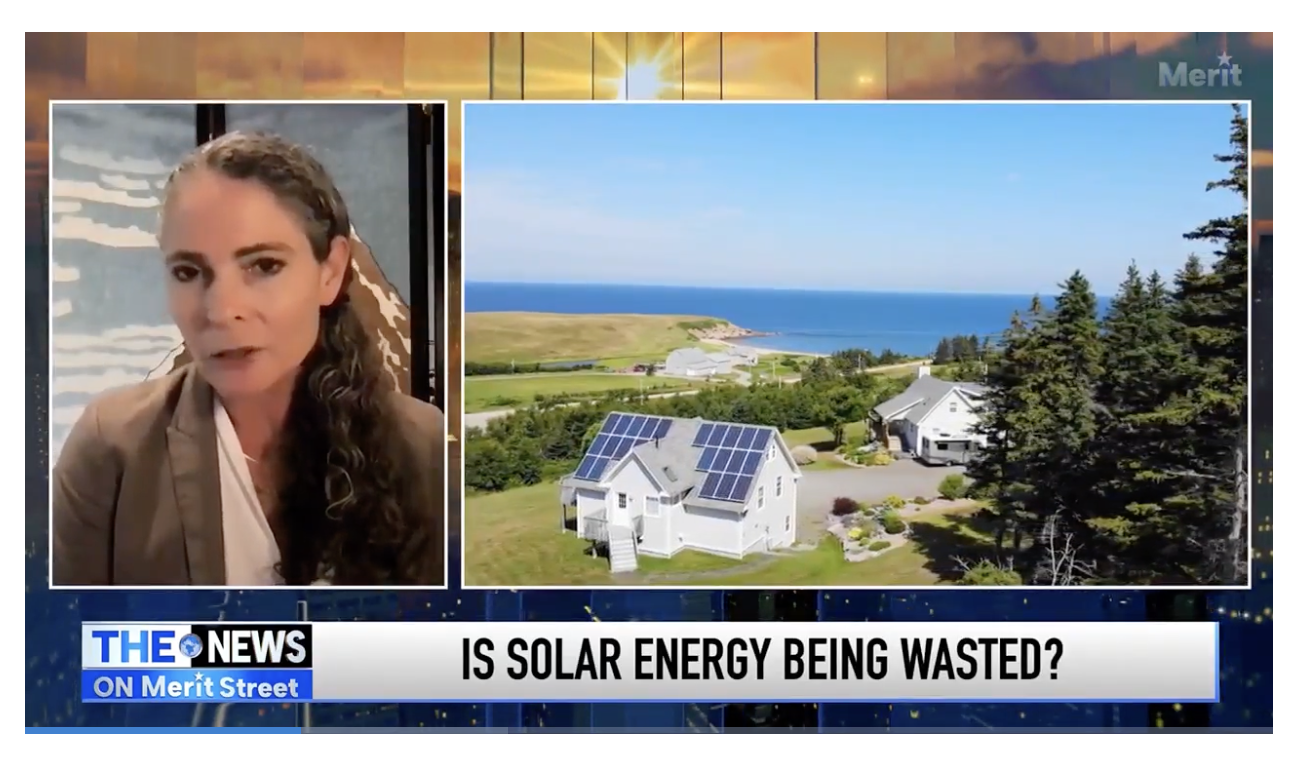In June 2022, with little debate or opportunity for public input, California lawmakers approved and Gov. Gavin Newsom signed AB205, a sprawling, 21,000-word bill focused on energy policy. AB205 was a so-called “trailer bill,” a piece of legislation nominally attached to the state budget that’s often used to sneakily pass sweeping policies without going through the traditional legislative and public review process.
Even lawmakers didn’t appear to fully realize what was in AB205 because once the California Public Utilities Commission began following through with what the bill directed it to do — establish a fixed monthly charge, dependent on household income, for all Pacific Gas & Electric, San Diego Gas & Electric and Southern California Edison customers — hell broke loose.




